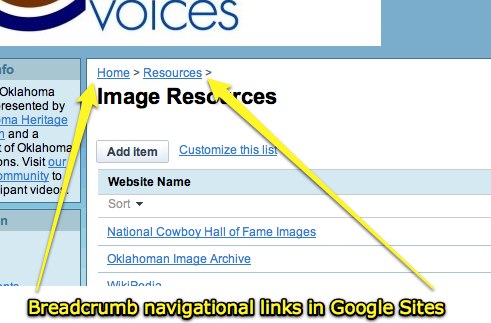Off Page SEO: ff Page SEO is all about Link popularity.The optimization of any website is not complete till the Off Page Optimization is not done. Off Page Optimization also known as Off Site Optimization, which is one of the most important factors to get higher ranking in all search engine like Google,Yahoo,MSN and many more search engines.Off Page SEO is all about the things you could to get a high page rank for your website.Off Page seo we doing for our site Link popularity.Link popularity is the number of relevant quality External links or inbound links pointing to your website.External links mean our site link pointing on other site page. Most major search engines use link popularity as part of their algorithm which helps to determine the relevance of your website. If you don't have External links, you won't rank well for competitive keywords.Off page SEO means link popularity so, in this phase, you should pay special attention to the following:
* Submission to search engines
* Directory Submission
* Blog Submission
* Blog commenting
* Article Submission
* Forums Posting
* Press Releases Submission
* Social Bookmarking
* Video Optimization
* Link Building
* Viral Marketing
* Affiliate Marketing
* Email Marketing
* SMS Marketing
* Feed submissions
* Submission to search engines
* Directory Submission
* Blog Submission
* Blog commenting
* Article Submission
* Forums Posting
* Press Releases Submission
* Social Bookmarking
* Video Optimization
* Link Building
* Viral Marketing
* Affiliate Marketing
* Email Marketing
* SMS Marketing
* Feed submissions



